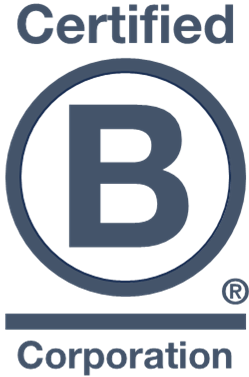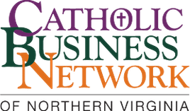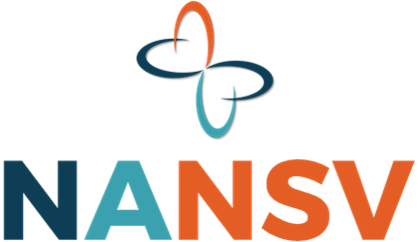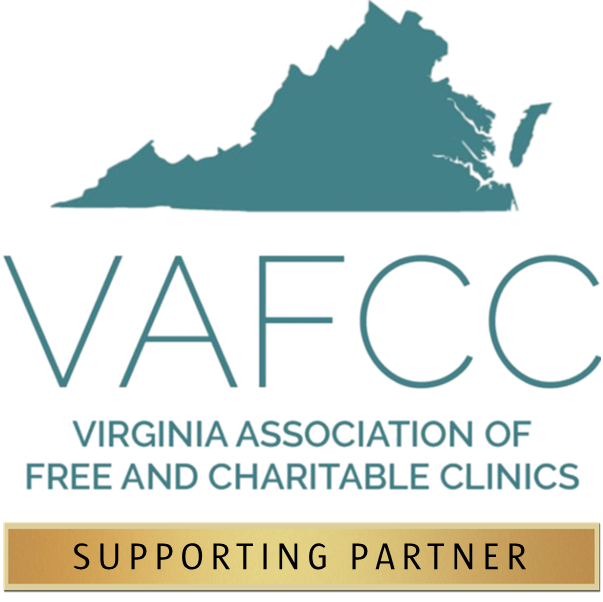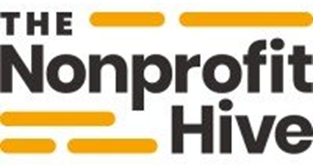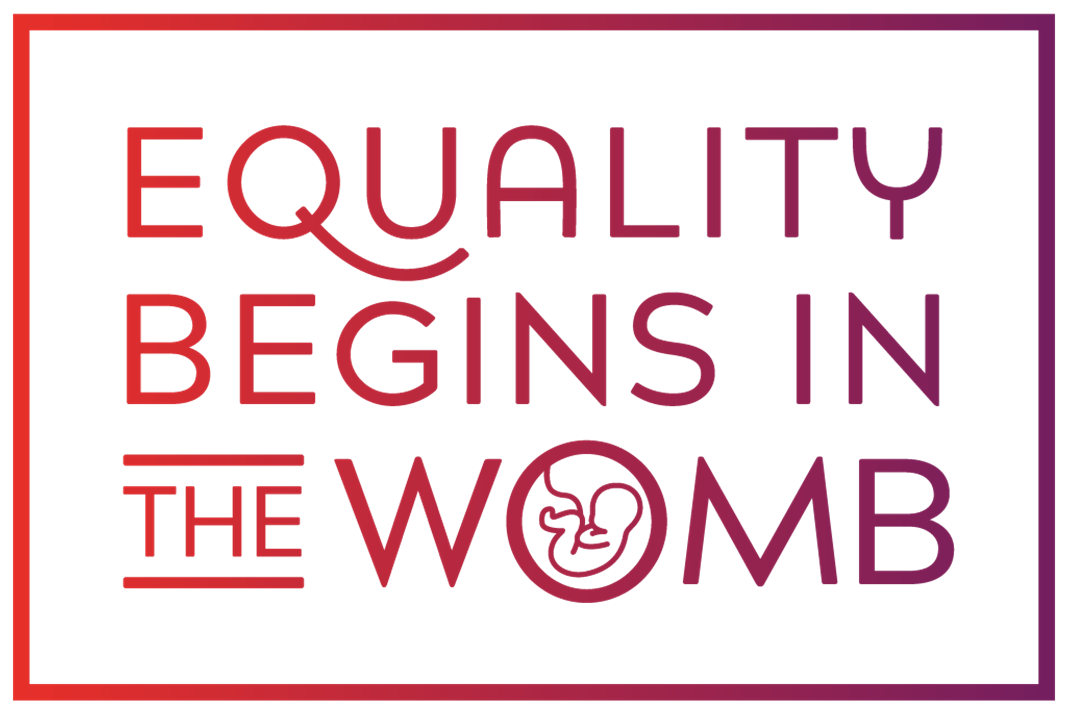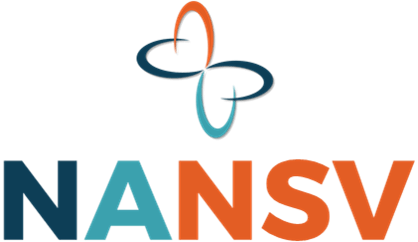What Makes a Sound, Actionable Strategic Plan?
Ten critical elements to creating good strategies non-profits can execute
Originally published Jul 20, 2017
In our most recent post, we gave six reasons non-profits really need to have a Strategic Plan, and actually use it. If you read it carefully, you might have noticed we added terms like “sound” and “good” to qualify the kind of Strategic Plans organizations need to have. By this we’re suggesting that not just any old plan will do. Plans ust meet several critical conditions necessary to achieve the benefits of engaging in the process.
To be sure, we want all non-profits to develop and deploy Strategic Plans. It should go without saying that they have to be effective in order to advance the mission, but we have to stress this because they often aren’t. This obviously begs the question, “What constitutes a good Strategic Plan?” Well, put (very) simply, it has to efficiently deliver the right results. Plans that do this usually have at least ten key characteristics:
1. The planning process is comprehensive
Good planning is more than just leaders and executives convening facilitated off-site. It doesn’t stop at strategies and timelines, and it concludes well beyond the attractively formatted document. The process must be “end-to-end,”, from establishing the mission and vision to on-going results. Remember, a Strategic Plan that doesn’t get the right outcomes in just a “paper tiger.”
2. Boards and executives are fully committed
If a non-profit’s leaders aren’t invested in the entire process, a Strategic Plan won’t deliver. First and foremost, they have to be completely aware of they’re getting into. Then, they have to embrace it, willing to be enthusiastic participants from initiation through implementation. They also need to invest adequate financial resources to support the planning effort.
3. Planning is "market-focused"
A sound Strategic Plan
focuses on the area where the organization’s mission, vision, and “client”
demands overlap. After all, while the point of a plan is to move the non-profit
toward what it wants to be, there’s no point in putting time into actions that
individuals or communities don’t want or need. Market research is critical, and
analysis needs to be done in the mission-vision context.
4. Participation and creativity are welcomed
“Inclusiveness” is a bit of a two-edged sword, since involving too many people can bog down the effort. However, diverse participation is essential, because it enables the non-profit to identify and evaluate a range of opportunities. We’ve all heard the phrase “no idea is stupid,” as well… not true, necessarily, but the more there are to consider, the richer the plan is likely to be.
5. The entire plan is properly aligned
As stated above, actions need to lead to the results the non-profit wants to achieve. This means strategies must fully satisfy the objectives, the objectives must together accomplish their associated goals, and the goals must collectively advance the mission. Too often, non-profits focus on the “downward cascade" but don't reconcile the plan from bottom-to-top, and things don't always add up.
6. The resources are there to execute
Perhaps the biggest obstacle to a sound plan is resourcing. A Strategic Plan has to be feasible, which means that the non-profit either has to have or be able to get the people, finances, and/or capital assets it needs to execute. This often means even more strategies—this time, to fill resource gaps. If resourcing options aren’t viable, some strategies may need to be discarded.
7. The unexpected is expected
No one wants to get stuck in a plan that gets “overcome by events.” If the plan is static and inflexible, it won’t deliver. Sound planning considers the environment, anticipates and evaluates potential change, and develops contingencies for the most likely scenarios. Strategies are often inter-connected, potential modifications also need to consider the impacts on the entire plan.
8. People know what to do, and how to do it
A good Strategic Plan treats strategies as projects, complete with tasks, activities, a schedule, and resources. While those assigned responsibility for executing strategies understand what they’re supposed to accomplish, they often lack knowledge of the detailed steps. Project planning lays it all out for them, making it easier to coordinate across “teams” and take appropriate actions.
9. The process results in a program, not just a plan
Because strategies are often integrated, plans need to reflect links and dependencies. Translating a Strategic Plan into a program, with an “owner” and a master schedule, assures correct sequencing and allocation of strategies over time, and enables both accountability for and coordination of activities. Proper project management and collaboration tools are essential.
10. Leadership is constantly monitoring and adjusting
A
sound Strategic Plan isn’t static. Non-profit leaders need to be constantly
evaluating progress, changes in conditions (e.g., external environment,
associated resources), and outcomes, and adapting accordingly so the plan
remains relevant and on track. The impacts of modifications on the rest
of the plan have to be considered, as well, and appropriate adjustments made.
There is a lot more to effective, actionable Strategic Planning than an “off-site” to define goals, objectives, and strategies. “Textbook” approaches often fail to cover the elements that make plans “come to life” and achieve the right outcomes. If they’re serious about developing and executing a Strategic Plan that benefits their organizations, non-profits need to make sure that the processes they follow have at least the ten characteristics described above.
Learn More and Get Help
We haven’t said anything about external support to this point, but we do believe non-profits should consider using a qualified outside consultant that understands what’s required and will work collaboratively with the organization throughout the process. They should be looking for a “guide,” as opposed to a “facilitator,” for support—but more on this in a future post. An external “partner” is an investment, but it usually proves worthwhile when the returns come in.
Contact us for more information or to get started!
Read Other Posts










